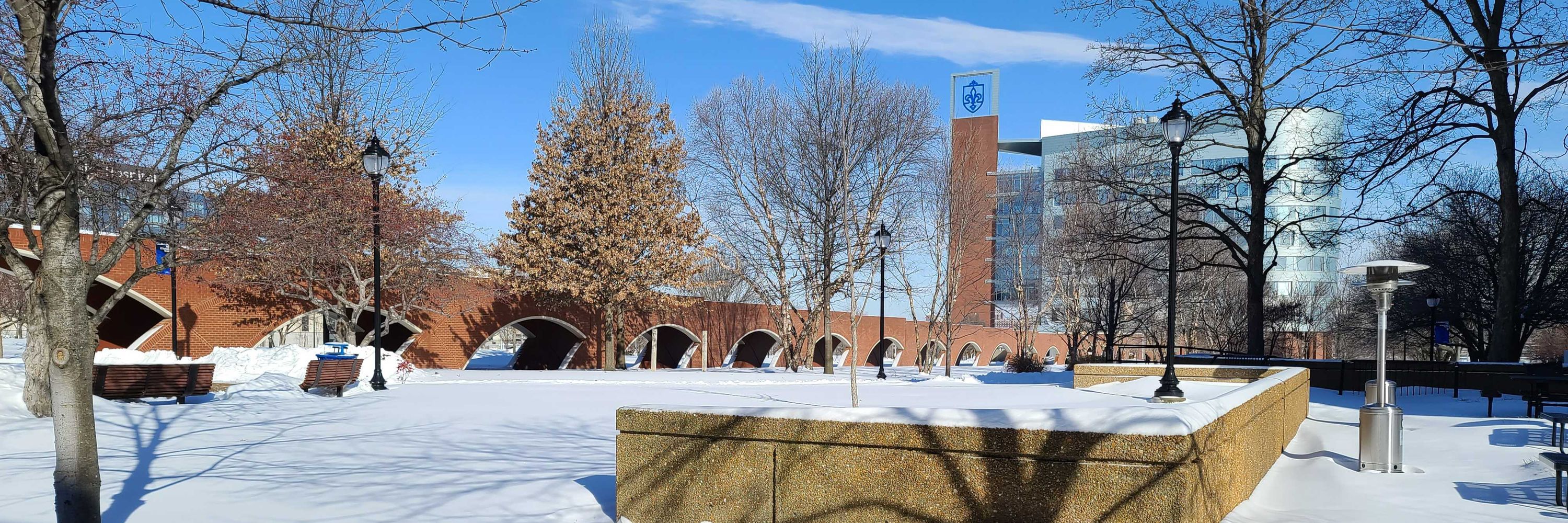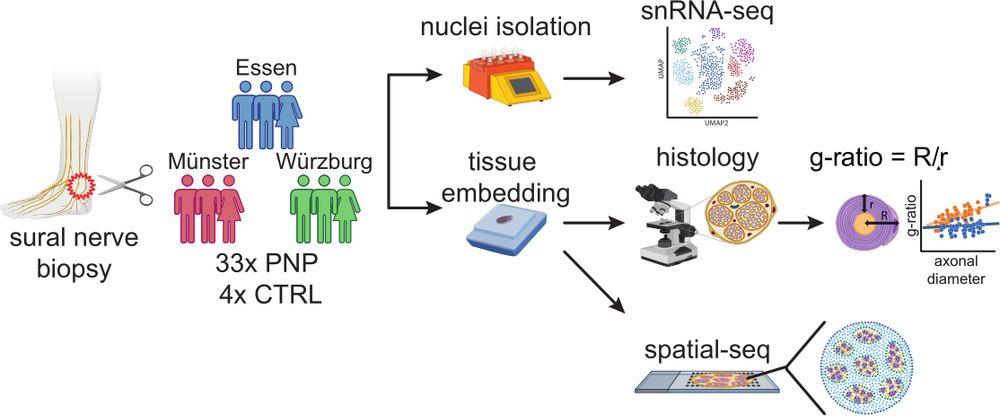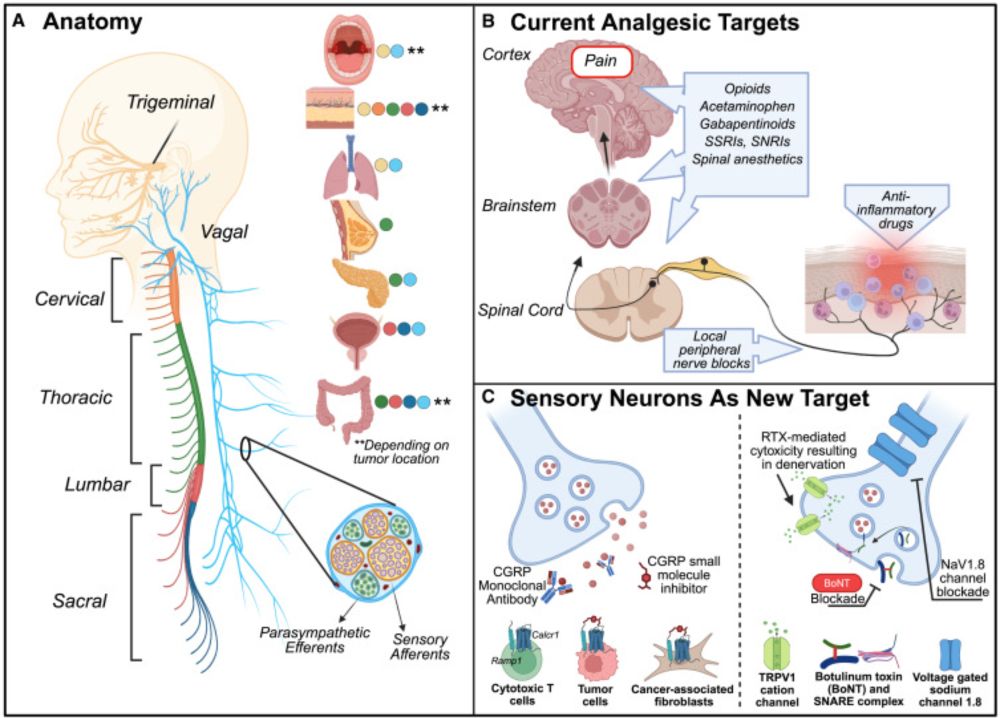Aubin Moutal
@aubinmoutal.bsky.social
640 followers
260 following
48 posts
Assistant professor at Saint Louis University. Mechanisms of autoimmunity leading to chronic pain.
Posts
Media
Videos
Starter Packs
Pinned
Reposted by Aubin Moutal
Reposted by Aubin Moutal
Reposted by Aubin Moutal
Reposted by Aubin Moutal
Reposted by Aubin Moutal
Alles Lab
@alleslab.bsky.social
· Aug 28
Aubin Moutal
@aubinmoutal.bsky.social
· Aug 28
Reposted by Aubin Moutal
Ted Price
@tedpricethepainguy.bsky.social
· Aug 24
Reposted by Aubin Moutal
Aubin Moutal
@aubinmoutal.bsky.social
· Aug 18
Aubin Moutal
@aubinmoutal.bsky.social
· Aug 8
Aubin Moutal
@aubinmoutal.bsky.social
· Aug 8
Aubin Moutal
@aubinmoutal.bsky.social
· Aug 8
Aubin Moutal
@aubinmoutal.bsky.social
· Aug 8
Aubin Moutal
@aubinmoutal.bsky.social
· Aug 8
Aubin Moutal
@aubinmoutal.bsky.social
· Aug 8
Aubin Moutal
@aubinmoutal.bsky.social
· Aug 8
Aubin Moutal
@aubinmoutal.bsky.social
· Aug 8
Aubin Moutal
@aubinmoutal.bsky.social
· Aug 8
Aubin Moutal
@aubinmoutal.bsky.social
· Aug 8

Anti-CV2/CRMP5 autoantibodies as drivers of sensory neuron excitability and pain in rats - Nature Communications
Lung and thymoma cancer patients often suffer from autoimmunity and related painful neuropathies. Here the authors show that patient-derived anti-CRMP5 autoantibody binds to rat dorsal root ganglia to...
www.nature.com









